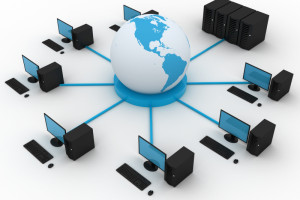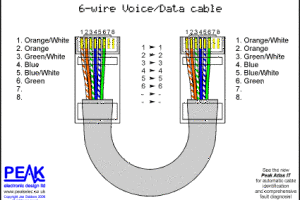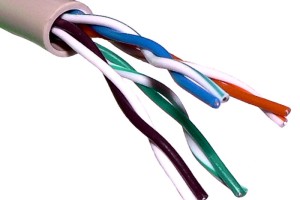Cabling and CAT Fights
In today’s industry, there is contention over which cables should be laid where, what cable is best for which applications, and what is the best bang for your buck. The reality is, that most enterprises barely pay attention to the kind of cabling that is being laid for their IT network, and are just trusting the technicians to give them what they need. As cabling is the support system for every thing from business services to bring your own device policies to cloud access, it might be an intelligent idea to start paying closer attention.
Cabling has come a long way in the last few decades, when Ethernet standards hit the market. Since then, data rates have grown exponentially and the 10 megabits per second that were seen as amazing in the ’80’s are now basically obsolete. In 2010, the IEEE 802.3b a committee came out with the new 40 and 100 GbE standards. Due to this overly quick ascension in the need for speed, it is no wonder that most people are a bit daunted by choosing the best cabling for their company.
With the increase in video standards, cloud computing, and bandwidth, the need for faster network speeds can often come down to the cable. Although CAT5e was seen as progressive and adaptable, it really should’t be used by any business that wants to have an efficiently working facility for over 5 years. With the massive technological advances, every enterprise that is serious about their network should be using CAT6 cabling or above, unless they want to be ripping out their network cabling and replacing their system in the next few years.
There has also been an argument of late over copper versus fiber. Fiber is seen as a standard in the industry and is used in the main infrastructure and in conferences. It can sometimes provide better performance end points in high-end computing facilities and R&D operations, but it tends to be responsible for a smaller amount of installed ports in a LAN environment. Copper is seen as the better choice from an installer’s view, and also when calculating expenses. Copper based interfaces are in the most accessible price range, beating out wireless and optical. And copper tends to have dominance in LANs up to 100 meters that support 10GbE.
When deciding between shielded and unshielded cabling, it’s really more a question of the environment and your geographic location. If your cabling will be in a noisy area with a high amounts of electromagnetic activity, then go with shielded cable. Electromagnetic interference generally comes from things like fluorescent lights, air conditioners, photo copiers, generators and compressors. If your enterprise is expanding to another country or region where a shielded or unshielded is more common, you may have to go with the local standard just to get your work completed.
The future of technology is impossible to predict. Tomorrow someone could invent a new system that makes everything we are working with today feel like Etch a Sketches. The best chance any business has for staying in the game is to choose the best infrastructure they can reasonably afford.




